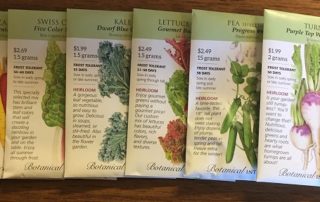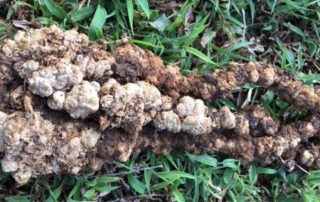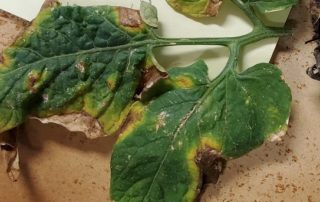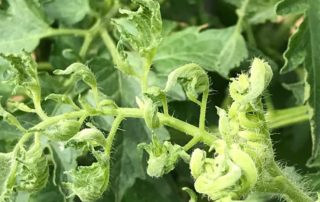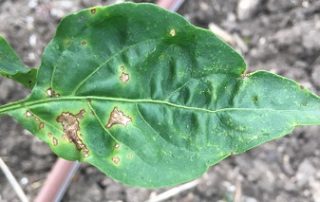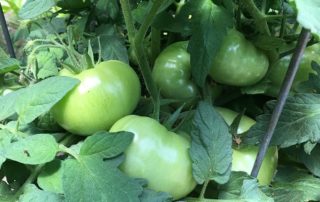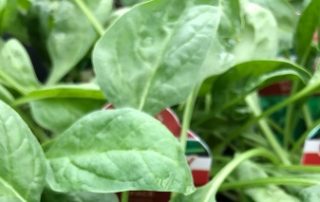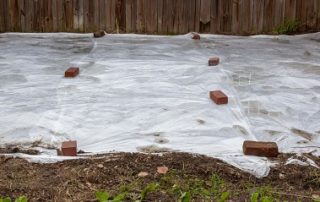Vegetable Planting Guide for Central Texas
We all know that Central Texas can be a challenge to grow a vegetable garden in. Fortunately, we have the opportunity to plant in both the spring and fall, so if the weather goes awry in the spring, we can try again in the fall. Texas A&M AgriLife Extension agents have put together a wonderful planting guide for vegetable gardening in our area. Pay careful attention to the "seed" or "transplant" recommendations. If the guide says "transplant" and you plan on starting your own from seed you will need to [...]

